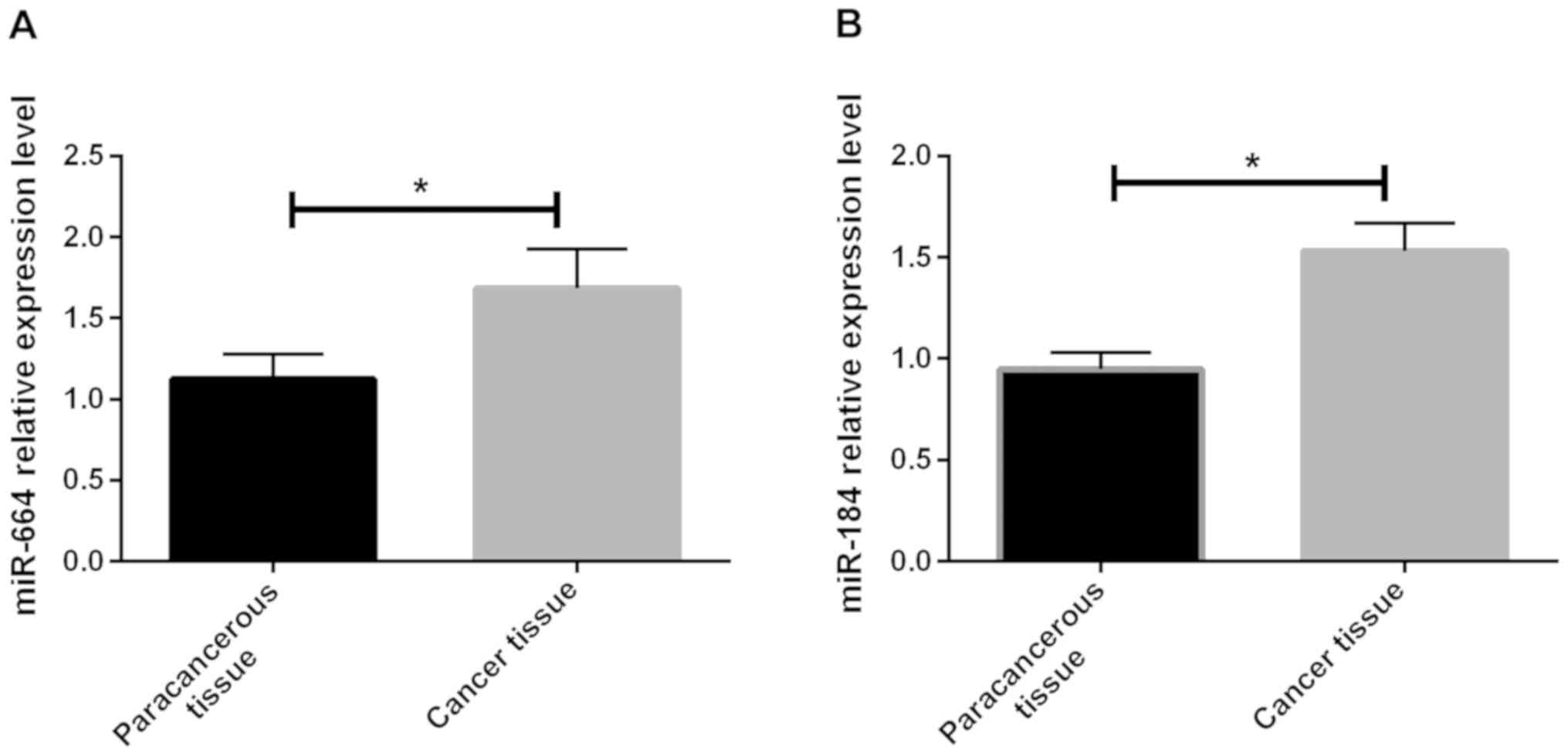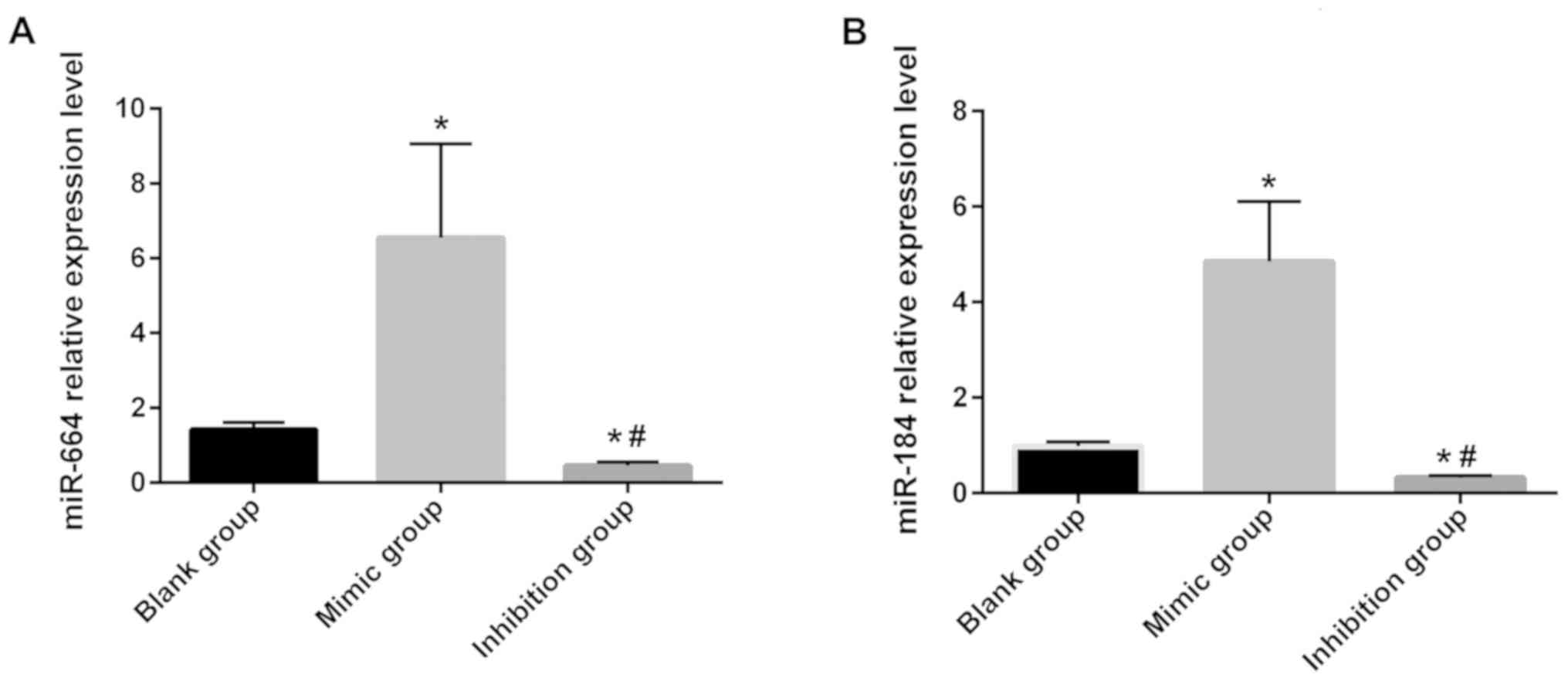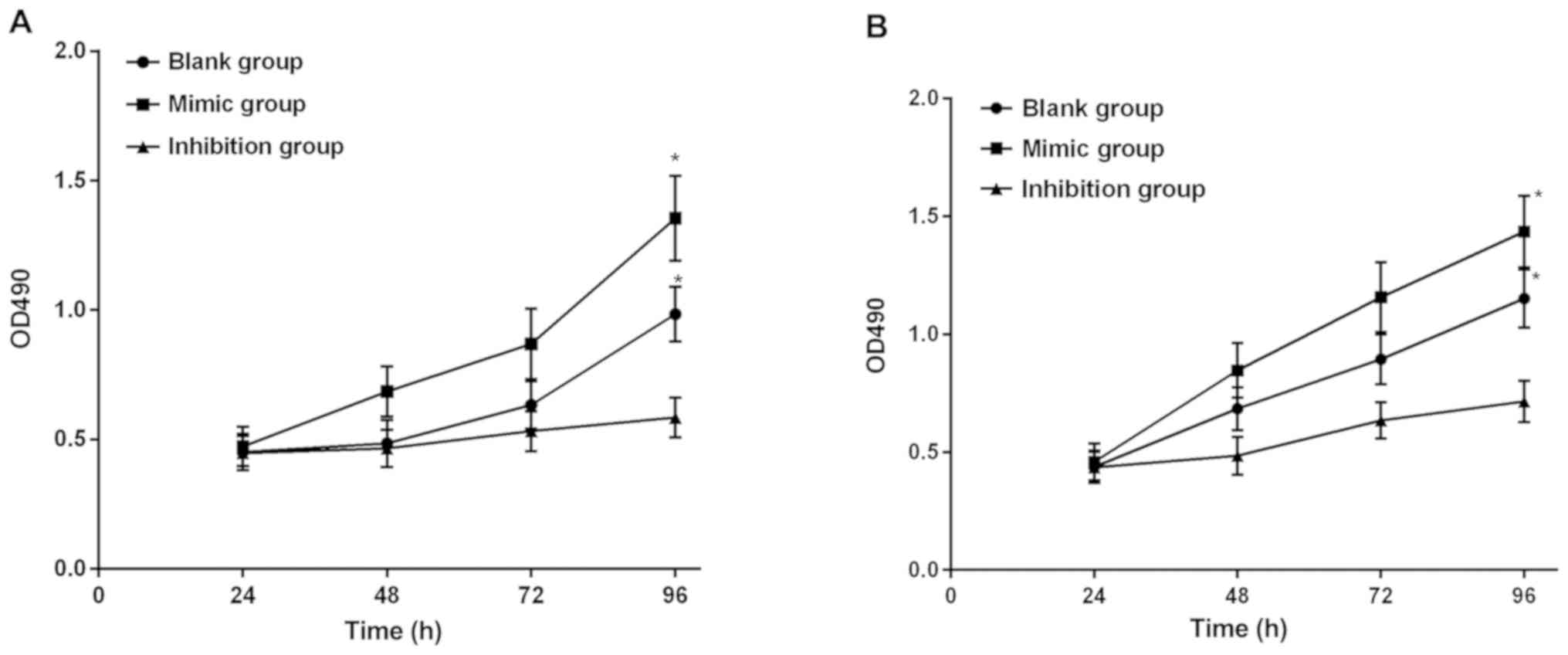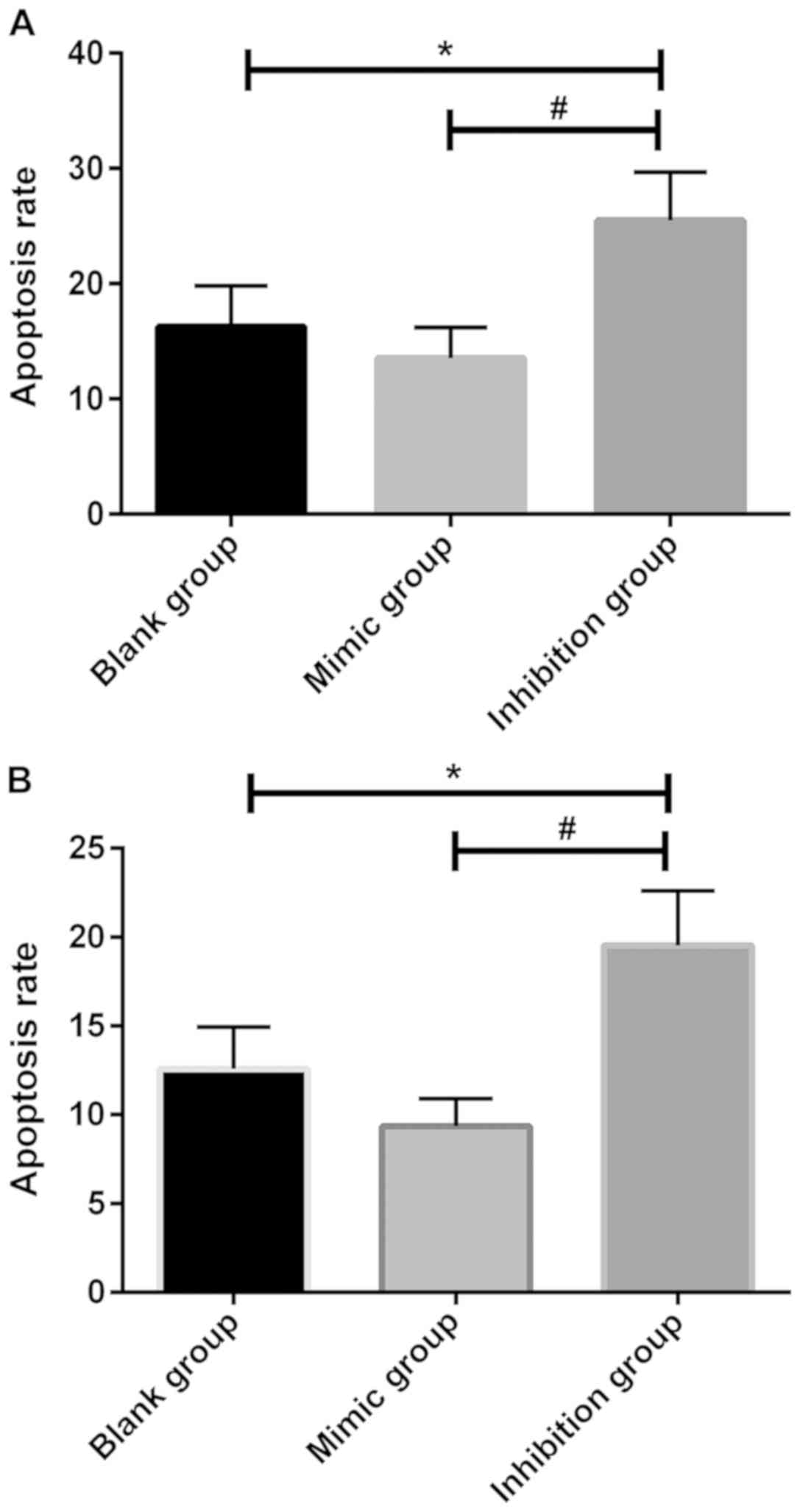|
1
|
Luetke A, Meyers PA, Lewis I and Juergens
H: Osteosarcoma treatment - where do we stand? A state of the art
review. Cancer Treat Rev. 40:523–532. 2014. View Article : Google Scholar : PubMed/NCBI
|
|
2
|
Lagmay JP, Krailo MD, Dang H, Kim A,
Hawkins DS, Beaty O 3rd, Widemann BC, Zwerdling T, Bomgaars L,
Langevin AM, et al: Outcome of patients with recurrent osteosarcoma
enrolled in seven phase II trials through Children's cancer group,
Pediatric oncology group, and Children's oncology group: Learning
from the past to move forward. J Clin Oncol. 34:3031–3038. 2016.
View Article : Google Scholar : PubMed/NCBI
|
|
3
|
Daw NC, Chou AJ, Jaffe N, Rao BN, Billups
CA, Rodriguez-Galindo C, Meyers PA and Huh WW: Recurrent
osteosarcoma with a single pulmonary metastasis: A
multi-institutional review. Br J Cancer. 112:278–282. 2015.
View Article : Google Scholar : PubMed/NCBI
|
|
4
|
Subbiah V, Anderson P and Rohren E: Alpha
emitter radium 223 in high-risk osteosarcoma: First clinical
evidence of response and blood-brain barrier penetration. JAMA
Oncol. 1:253–255. 2015. View Article : Google Scholar : PubMed/NCBI
|
|
5
|
Li J, Yang Z, Li Y, Xia J, Li D, Li H, Ren
M, Liao Y, Yu S, Chen Y, et al: Cell apoptosis, autophagy and
necroptosis in osteosarcoma treatment. Oncotarget. 7:44763–44778.
2016.PubMed/NCBI
|
|
6
|
Bandara KV, Michael MZ and Gleadle JM:
MicroRNA biogenesis in hypoxia. MicroRNA. 6:80–96. 2017. View Article : Google Scholar : PubMed/NCBI
|
|
7
|
Lee Y, Ahn C, Han J, Choi H, Kim J, Yim J,
Lee J, Provost P, Rådmark O, Kim S, et al: The nuclear RNase III
Drosha initiates microRNA processing. Nature. 425:415–419. 2003.
View Article : Google Scholar : PubMed/NCBI
|
|
8
|
Park JK, Peng H, Yang W, Katsnelson J,
Volpert O and Lavker RM: miR-184 exhibits angiostatic properties
via regulation of Akt and VEGF signaling pathways. FASEB J.
31:256–265. 2017. View Article : Google Scholar : PubMed/NCBI
|
|
9
|
Wu L, Li Y, Li J and Ma D: MicroRNA-664
targets insulin receptor substrate 1 to suppress cell proliferation
and invasion in breast cancer. Oncol Res. 2018.(Epub ahead of
print). https://doi.org/10.3727/096504018X15193500663936
View Article : Google Scholar
|
|
10
|
Picci P: Osteosarcoma (osteogenic
sarcoma). Orphanet J Rare Dis. 2:62007. View Article : Google Scholar : PubMed/NCBI
|
|
11
|
Livak KJ and Schmittgen TD: Analysis of
relative gene expression data using real time quantitative PCR and
the 2(-Delta Delta C(T)) method. Methods. 25:402–408. 2001.
View Article : Google Scholar : PubMed/NCBI
|
|
12
|
Isakoff MS, Bielack SS, Meltzer P and
Gorlick R: Osteosarcoma: Current treatment and a collaborative
pathway to success. J Clin Oncol. 33:3029–3035. 2015. View Article : Google Scholar : PubMed/NCBI
|
|
13
|
Faisham WI, Saad Mat AZ, Alsaigh LN, Azman
Nor MZ, Kamarul Imran M, Biswal BM, Bhavaraju VM, Salzihan MS,
Hasnan J, Ezane AM, et al: Prognostic factors and survival rate of
osteosarcoma: A single-institution study. Asia Pac J Clin Oncol.
13:e104–e110. 2017. View Article : Google Scholar : PubMed/NCBI
|
|
14
|
Chen YU, Xu SF, Xu M and Yu XC:
Postoperative infection and survival in osteosarcoma patients:
Reconsideration of immunotherapy for osteosarcoma. Mol Clin Oncol.
3:495–500. 2015. View Article : Google Scholar : PubMed/NCBI
|
|
15
|
Qi Y, Zhao C, Li H, Zhang B, Tada K, Abe H
and Tada M: Genetic variations in interleukin-6 polymorphism and
the association with susceptibility and overall survival of
osteosarcoma. Tumour Biol. 37:9807–9811. 2016. View Article : Google Scholar : PubMed/NCBI
|
|
16
|
Suzuki HI, Young RA and Sharp PA:
Super-enhancer-mediated RNA processing revealed by integrative
microRNA network analysis. Cell. 168(1000–1014): e152017.
|
|
17
|
Chang TH, Tsai MF, Gow CH, Wu SG, Liu YN,
Chang YL, Yu SL, Tsai HC, Lin SW, Chen YW, et al: Upregulation of
microRNA-137 expression by Slug promotes tumor invasion and
metastasis of non-small cell lung cancer cells through suppression
of TFAP2C. Cancer Lett. 402:190–202. 2017. View Article : Google Scholar : PubMed/NCBI
|
|
18
|
Yu L, Wu D, Gao H, Balic JJ, Tsykin A, Han
TS, Liu YD, Kennedy CL, Li JK, Mao JQ, et al: Clinical utility of a
STAT3-regulated miRNA-200 family signature with prognostic
potential in early gastric cancer. Clin Cancer Res. 24:1459–1472.
2018. View Article : Google Scholar : PubMed/NCBI
|
|
19
|
Li Y, Zhang M, Chen H, Dong Z, Ganapathy
V, Thangaraju M and Huang S: Ratio of miR-196s to HOXC8 messenger
RNA correlates with breast cancer cell migration and metastasis.
Cancer Res. 70:7894–7904. 2010. View Article : Google Scholar : PubMed/NCBI
|
|
20
|
Yang H, Cho ME, Li TW, Peng H, Ko KS, Mato
JM and Lu SC: MicroRNAs regulate methionine adenosyltransferase 1A
expression in hepatocellular carcinoma. J Clin Invest. 123:285–298.
2013. View
Article : Google Scholar : PubMed/NCBI
|
|
21
|
Park KS, Moon YW, Raffeld M, Lee DH, Wang
Y and Giaccone G: High cripto-1 and low miR-205 expression levels
as prognostic markers in early stage non-small cell lung cancer.
Lung Cancer. 116:38–45. 2018. View Article : Google Scholar : PubMed/NCBI
|
|
22
|
Simonian M, Mosallayi M and Mirzaei H:
Circulating miR-21 as novel biomarker in gastric cancer: Diagnostic
and prognostic biomarker. J Cancer Res Ther. 14:4752018.PubMed/NCBI
|
|
23
|
Bao Y, Chen B, Wu Q, Hu K, Xi X, Zhu W,
Zhong X and Chen J: Overexpression of miR-664 is associated with
enhanced osteosarcoma cell migration and invasion ability via
targeting SOX7. Clin Exp Med. 17:51–58. 2017. View Article : Google Scholar : PubMed/NCBI
|
|
24
|
Ma C, Wei F, Xia H, Liu H, Dong X, Zhang
Y, Luo Q, Liu Y and Li Y: MicroRNA-10b mediates TGF-β1-regulated
glioblastoma proliferation, migration and epithelial-mesenchymal
transition. Int J Oncol. 50:1739–1748. 2017. View Article : Google Scholar : PubMed/NCBI
|
|
25
|
Lin BC, Huang D, Yu CQ, Mou Y, Liu YH,
Zhang DW and Shi FJ: MicroRNA-184 modulates doxorubicin resistance
in osteosarcoma cells by targeting BCL2L1. Med Sci Monit.
22:1761–1765. 2016. View Article : Google Scholar : PubMed/NCBI
|













